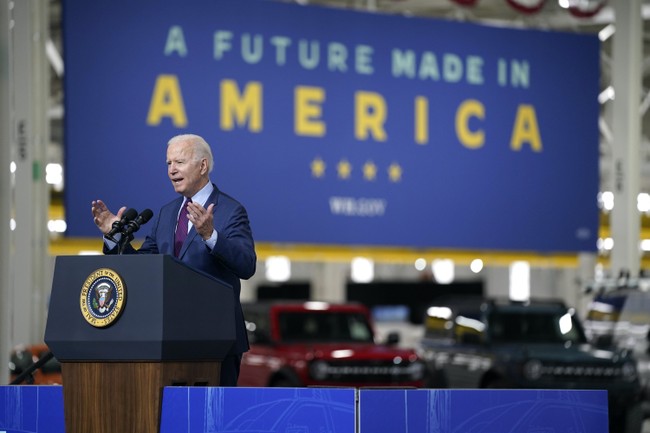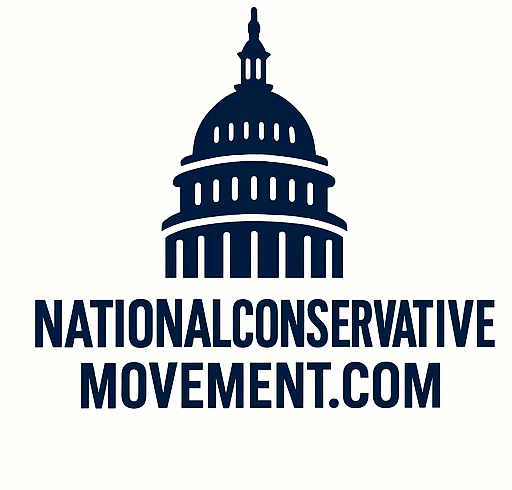
Stephen Green first reported for PJM on one of the most significant deregulation efforts in history: the repeal of the so-called “endangerment finding” that put carbon dioxide and five other gases in the same classification as chlorine and other poisonous gases. It allowed the Environmental Protection Agency (EPA) to use the Clean Air Act to save us all from “global warming” (which later became “climate change” when the climate didn’t cooperate and it got colder in some places).
The Obama administration tried to pass a bipartisan climate bill in 2008 that would have statutorily given the EPA the same power the president bestowed on it via executive fiat. Not surprisingly, it never went anywhere in Congress. Even many Democrats recognized the enormous power grab the EPA was making.
Once the Supreme Court gave the EPA the power to regulate carbon dioxide and other greenhouse gases (GHGs) in 2007 in Massachusetts v. EPA, the sky literally became the limit. The “endangerment finding” was issued in 2009, and since then, industry and American consumers have spent trillions of dollars to comply with the regulation.
The original endangerment finding was written in a way that would have required some families to obtain a permit to live in a house. The act required federal permits for any source that emitted more than 100 tons per year of an air pollutant.
I grew up in a family of ten kids. If we had lived together in the early 21st century, the climate nazis would have come after us with pitchforks.
In 2014, the Supreme Court overturned the 100,000-ton permit standard, which some justices called “patently unreasonable.” In another case in 2022 (West Virginia v. EPA), the Supreme Court said that the EPA had overstepped when it tried to shut down a segment of the nation’s coal-fired power plants. The court ruled that destroying the coal industry couldn’t be squared with the act.
One sticking point was that the Clean Air Act focused on regulating emissions through technological additions to cars and factories, such as smokestack scrubbers. But, unlike other pollutants, there’s no easy way to stop greenhouse gases from coming out of the end of a smokestack. If you burn fossil fuels, the CO2 must go somewhere, and that generally means into the atmosphere. The only way to control most greenhouse gases is to mandate less use of energy derived from fossil fuels. Such mandates were never the purpose or intention of the act.
Often absurd actions resulted. Cars and trucks are some of the main emitters of CO2, and they were the focus of the original Endangerment Finding. But there are no catalytic converters or equivalent technologies to eliminate CO2 from gas-powered vehicles, so the EPA simply imposed stricter gas mileage standards. It did so despite Congress’s having already established a separate program within the Department of Transportation to regulate fuel economy.
The most recent attempt at using the “endangerment finding” to save us from certain death was Joe Biden’s brilliant idea of mandating that 2/3 of all new vehicles sold in the U.S. by 2032 be electric.
This exceeded the EPA’s efforts to reduce GHGs by forcing automakers to increase mileage. This rule promised to remake the entire American automotive fleet by having the government dictate what kinds of vehicles we could drive. Beyond that, the massive subsidies that Biden was offering consumers to purchase cars they really didn’t want added tens of billions of dollars to the deficit.
These regulatory contortions reveal the folly of using questionable statutory language, rather than clear congressional action, to make major decisions that reshape American society. Those who view climate change as an existential threat have a duty to persuade the public of that claim. If addressing climate change truly requires making sweeping changes to how we live, then advocates must build a broad-based coalition to pass laws mandating those changes, not bypass the democratic process through executive fiat.
The Trump administration’s proposal to repeal the Endangerment Finding, detailed in over 300 pages by the EPA this week, will put a stop to regulations that swelled the deficit, raised prices, and hurt consumers. It will also restore Congress’s original understanding of the Clean Air Act and stop a flood of ineffective executive mandates.
It’s hard to overstate the impact of repealing the “endangerment finding” on the economy, and on American liberty. Now, if we can only get rid of the Waters of the United States (WOTUS) rule that once allowed the EPA to regulate creek beds that are wet just a few months a year. The Supreme Court has struck down some of the most ludicrous parts of the regulation, but enough of it remains that Trump and EPA chief Zeldin need to act.
Help PJ Media continue to tell the truth about the Trump administration’s accomplishments as we continue to usher in the Golden Era of America. Join PJ Media VIP and use promo code FIGHT to get 60% off your membership.










